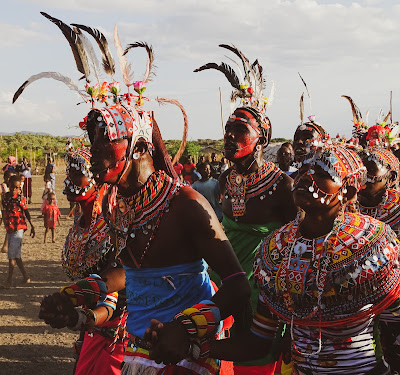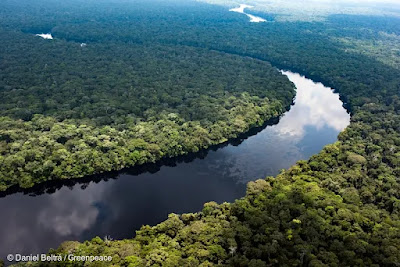Indigenous People And Climate Change

Indigenous people are peoples who are native to a particular geographical area and have lived there for a long time frame (decades to centuries) before the arrival of other migratory peoples bent on conquest. Indigenous people can trace their ancestral heritage to a particular region which they have occupied for a very long time. There are more than 476 million indigenous people in the world today. They are about 5% of the Earth’s population but constitute 15% of its poorest. However 22% of the Earth’s surface is under their management and 80% of the Earth’s natural wild flora and fauna, its biodiversity, is also in indigenous territories. The colourful Samburu community of Kenya. Source laura/iwaria With regard to climate change, indigenous peoples are important because they are a vital component in the climate fight. They are also a unique group of people who are differently affected by human caused climatic changes. We look at a few reasons why. Indigenous people are special
